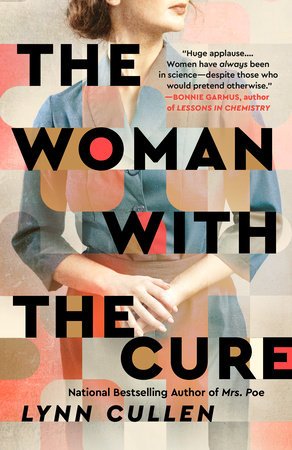The Woman with the Cure by Lynn Cullen
This novel is based on the true story of Dorothy Horstmann, a paediatrician and virologist in the USA whose research demonstrated that poliovirus was transmitted to the brain via the bloodstream, overturning the conventional wisdom of the time. The novel follows her career in the 1940s and 1950s, first as a resident after her medical training and then as a research fellow at Yale University. She faced barriers at every step of her career because of her gender but never gave up.
Dorothy’s parents were immigrants from Germany. Her father became brain damaged following encephalitis and her mother had to support the family. Perhaps because she saw how many hours her mother had to work to keep the family afloat, Dorothy was never shy of hard work. She was determined to find a cure for polio and although initially she was treated like a second-class citizen by her male colleagues, they gradually came to respect her and treat her as an equal. The competitiveness between the male scientists is exposed, particularly between Jonas Salk and Albert Sabin who had differing views on the type of vaccine to use. Salk used a killed virus that was injected but Sabin’s vaccine, developed as a result of Dorothy’s research, used a live but weakened virus given orally. It was the latter vaccine that was eventually adopted leading to the eradication of polio in most of the world.
The novel portrays the devastating effect of the poliovirus on young children; the loss of life, the permanent paralysis and the fear of parents. Although the main victims were children, adults also contracted the disease. It is a reminder of how fortunate we are to live today and how much we owe to Salk, Sabine and Horstmann. Lynn Cullen paints a picture of life in 1940s and 1950s America against the backdrop of the second world war, and particularly what life was like for women during this period.
It was refreshing to read a novel about a female scientist. I did not know about Dorothy Horstmann and I’m pleased Lynn Cullen has shone a light on her work. Her laboratory work is glossed over though, the main focus of the novel being about her relationships with other scientists, her paediatric work with victims of polio and her love life. As a scientist I would have liked to have seen more details about how she was able to measure poliovirus in blood. But I can see why the author took this approach. I highly recommend this novel and wish there were more that highlight the work of historical female scientists.
